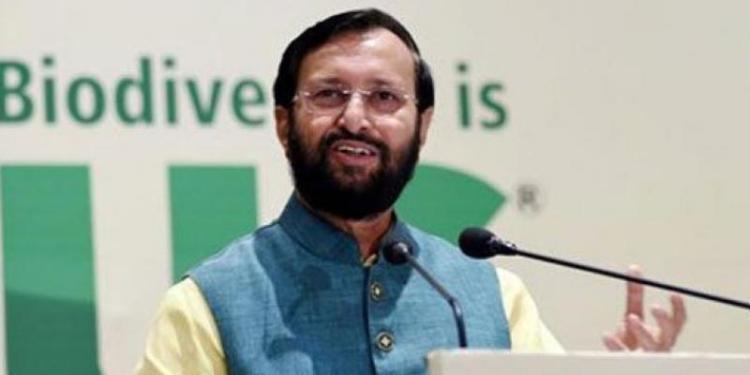In the first term of the Modi government, one of the most invisible ministries was Human Resources Development. Although, the ministry received negative coverage by left-liberal media and academia- first over the educational qualification of Smriti Irani to lead such a department which needs intellectual rigor and later over supposed ‘saffronisation’ of syllabus under Prakash Javdekar. The ministry did some excellent work like initiation of SWAYAM or (Study Webs of Active –Learning for Young Aspiring Minds) programme through which more than 1 crore students from Class 9 till post-graduation benefitted. The government also tried to ‘liberalize’ higher education from the clutches of government control through more autonomy.
However, the left-liberal media did not appreciate these achievements and continued negative coverage of the HRD ministry. In the second term, the HRD ministry is expected to be very active and deliver on the foundations it has built over the last five years. There may be a change of guard in the ministry. Dr. Vinay Prabhakar Sahasrabuddhe, Member of Parliament from Rajya Sabha and National Vice President of BJP could be given the charge of HRD ministry given his academic and professional achievements. Previously, he has been appointed as President of Indian Council for Cultural Relations. He is a well known political scholar and has written for many national and local dailies in Marathi and English. He is also the vice chairman of Rambhau Mhalgi Prabodhini and head of Public Policy Research Centre, one of the topmost of think tanks of the country. He has worked with Akhil Bhartiya Vidyarthi Parishad (ABVP), the student body of RSS for many years. He has also written a book named Beyond a Billion Ballots. The achievements of Sahasrabuddhe make him the obvious choice to lead the Human Resource development ministry.
The chances of Prakash Javdekar continuing as HRD minister is also high given the fact that his tenure was non-controversial and some innovative ideas like Institute of Eminence and new regulatory body were put up. The previous committees set up by government like Yash Pal Committee and TSR Subramanian Committee had clearly outlined that existing regulatory authorities failed completely in the task of regulation. Subramanian Committee which filed its report in 2017 had suggested the creation of single body for all regulatory functions. Javdekar formulated the Higher Education Regulatory Authority (HERA) to replace lethargic and corrupt UGC.
Raman Singh, former chief minister of Chhattisgarh who is credited with reforming the education of the state has also a good chance to bag the HRD portfolio. The state was at last place among the states and union territories of the country in National Achievement Survey, 2014, conducted by National Council of Educational Research and Training (NCERT). However, with a short span of 3 years, the state reached at 19th place in the same survey conducted in 2017.
As per the ASER report, In the state of Chhattisgarh, class 5 reading level has improved to 59.6 percent in 2018 from 56 percent in 2016, 3.6 growth in just 2 years. The interesting thing is that government schools were responsible for this turnaround in the state. The government schools recorded an improvement of 6.1 percent while the private schools plummeted by 5.7 percent. Raman Singh invested heavily in the education sector with special focus relatively deprived tribal and rural areas and is appreciated by the people across the political spectrum for that. His non-controversial image would help him to pacify the disruptions attitude of left-liberal establishment which still dominate academia of the country. Therefore Raman Singh is also a good choice for HRD minister.


































